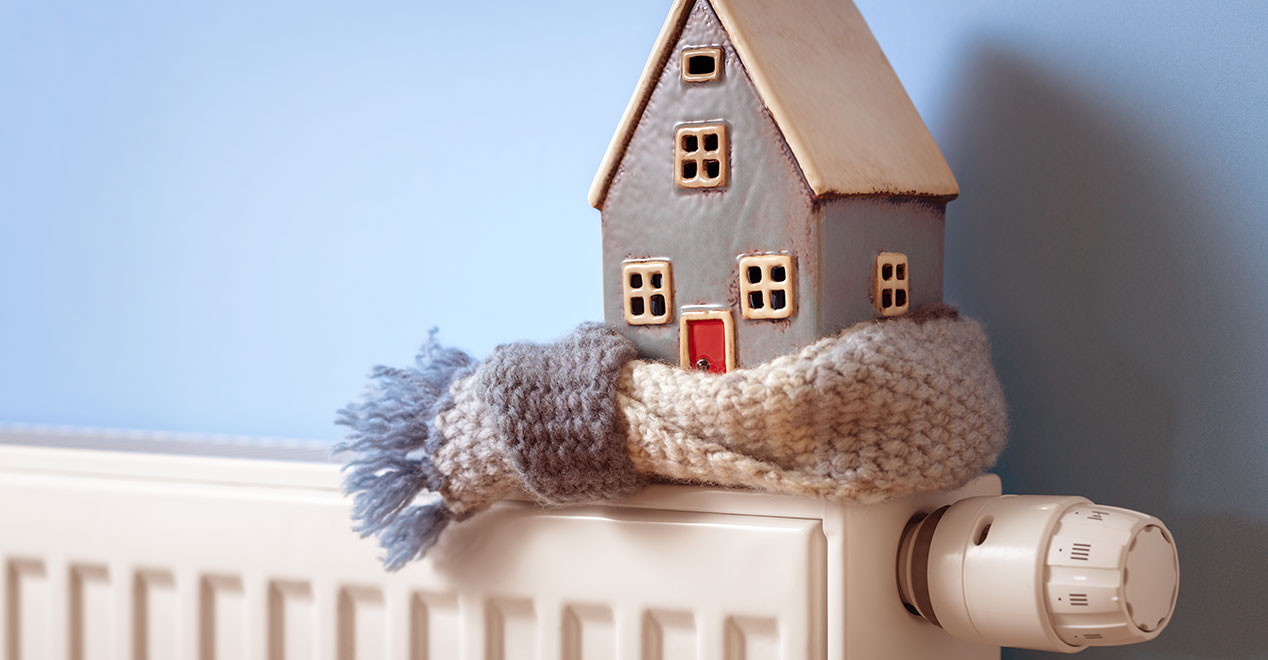A Checklist for Preparing Your Home for Winter
As the leaves turn golden and the air grows crisp, it's clear that winter is coming. For many of us, this means cozy nights in, hot chocolate, and winter activities. But before we fully embrace the winter wonderland, it's crucial to prepare our homes for the colder months ahead. Winterizing your home not only keeps you comfortable but also saves on energy bills and prevents costly repairs. So, let's walk through a comprehensive checklist to ensure your home is ready to face the frosty days ahead.
1. Inspect and Clean Heating Systems
Imagine a cold winter night without a functioning heater – not a pleasant thought, right? To avoid this, the first step in winterizing your home is to check and maintain your heating systems. Whether you have a furnace, boiler, or chimney, each needs a thorough inspection and cleaning.
Start by visually inspecting your heating system. Look for any signs of wear and tear. If you have a furnace, check the filters and replace them if necessary. A clean filter improves efficiency and extends the life of your furnace. For those with a chimney, check for blockages or buildup of soot, which can be a fire hazard.
Scheduling a professional maintenance service is always a good idea. A certified technician can spot issues that you might miss and ensure your heating system operates safely and efficiently. Remember, the cost of maintenance is minimal compared to the cost of emergency repairs in the dead of winter.
2. Seal Windows and Doors
Drafts around windows and doors are like unwelcome winter guests, letting in cold air and ramping up heating costs. To tackle this, start with a simple hand test. Move your hand around the edges of windows and doors to feel for drafts. Once identified, apply weatherstripping or caulking to seal these leaks. This is a cost-effective way to maintain warmth and energy efficiency.
Don't overlook the power of insulated curtains. They're not just decorative; they provide an additional barrier against cold, especially for older windows. Hang them up to keep the warmth in and the cold out.
3. Insulate Pipes
Frozen pipes are a homeowner's nightmare, leading to potential bursts and water damage. Prevent this by insulating your pipes, especially those in unheated areas like garages and basements. Start by purchasing pipe insulation from your local hardware store. It's usually foam tubing that can be easily fitted around the pipes. Make sure to secure the insulation with duct tape and pay extra attention to joints and bends.
While you're at it, know where your water main is located in case you need to shut it off quickly in an emergency.
4. Clean Gutters and Roofs
Your gutters and roof are your first line of defense against winter's harsh elements. Clogged gutters can lead to ice dams, which cause water to back up and potentially damage your roof and home's interior. Before the leaves fall, clean out your gutters and downspouts to ensure proper drainage. While you're up there, inspect your roof for damaged shingles or tiles. A small fix now can prevent a leaky roof during a snowstorm.
5. Prepare for Emergencies
Winter storms can be unpredictable, so it's wise to be prepared for anything. Start by assembling an emergency kit that includes essentials like flashlights, batteries, a first-aid kit, and non-perishable food items. Ensure your home is equipped with a reliable backup power source, like a generator, and familiarize yourself with how to use it safely. Keeping extra blankets and warm clothing accessible can also make a big difference during a power outage.
6. Check and Replace Smoke and Carbon Monoxide Detectors
Safety is paramount in winter. Smoke and carbon monoxide detectors are essential, especially with increased use of heating systems. Test each detector in your home and replace batteries if needed. If any detectors are over 10 years old, consider replacing them. This simple step can be life-saving.
7. Winterize Outdoor Plumbing
Outdoor plumbing is vulnerable to freezing. Drain and shut off outdoor faucets and irrigation systems to prevent pipes from bursting. Covering outdoor faucets with insulating foam covers can provide extra protection.
8. Adjust Thermostats and Consider Smart Thermostats
Lowering your thermostat when you're not home can save on heating costs. Consider installing a smart thermostat for automated temperature adjustments. This not only enhances comfort but also improves energy efficiency.
9. Review Home Insurance Policies
Ensure your home insurance is up-to-date and covers winter-related damages. This is a good time to review and understand your policy, ensuring you're protected against potential winter hazards.
Preparing your home for winter might seem daunting, but by following this checklist, you can ensure a safer, warmer, and more efficient home. Tackling these tasks now will help you enjoy the winter months with peace of mind, knowing your home is well-prepared for whatever the season brings.
